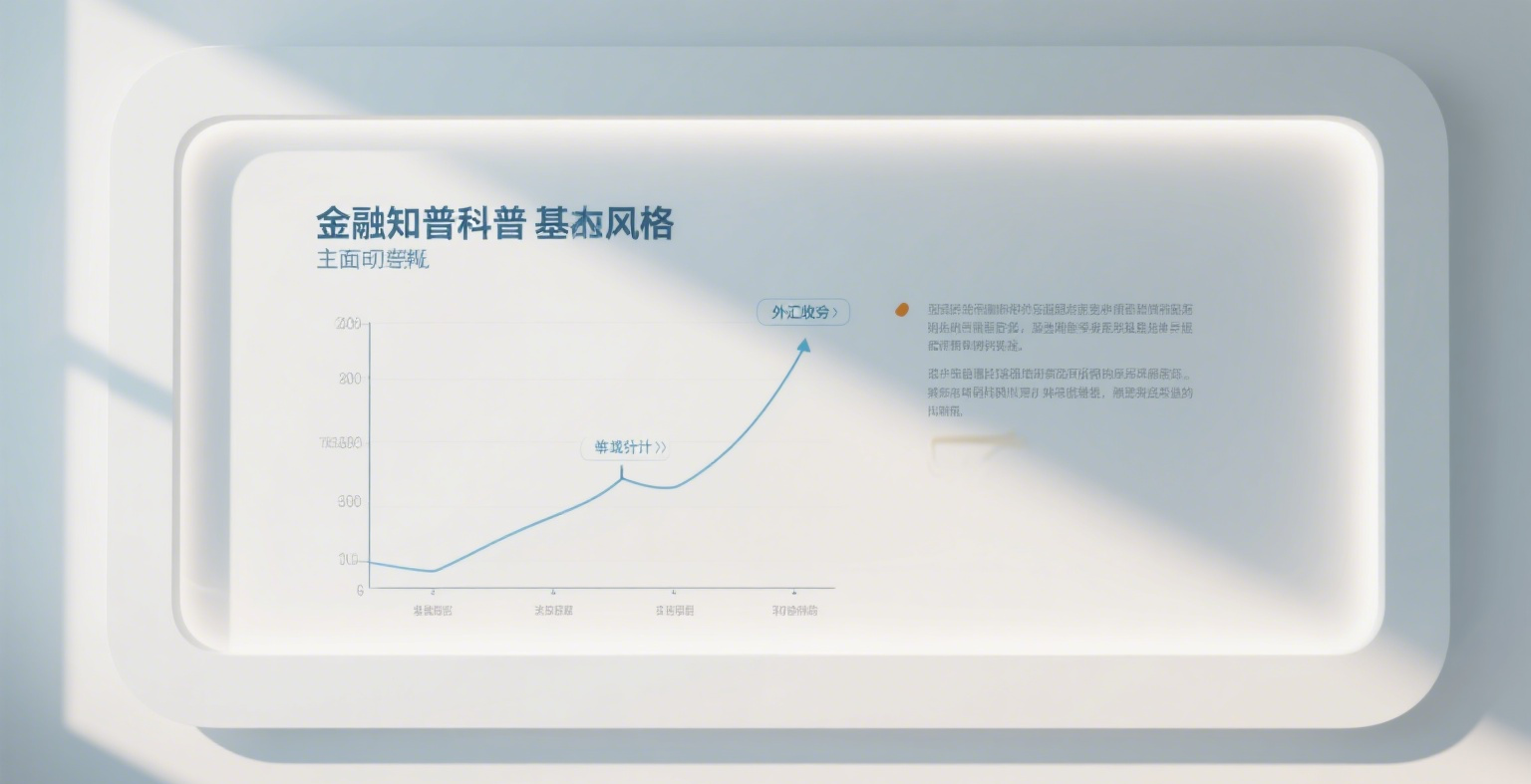
Why Is Forex Trading a High-Risk Investment?
Forex trading, as a crucial tool for international trade and investment, has become one of the core activities in global financial markets. Its high liquidity and 24-hour trading availability make it an attractive option for investors seeking high returns. However, while forex trading offers significant profit potential, it also carries substantial risks. This paper explores the risks associated with forex trading, including market risk, credit risk, liquidity risk, and operational risk, and provides corresponding risk management strategies to help investors better navigate these challenges.
Risks in Forex Trading and Corresponding Risk Management Measures
-
Market Risk
Market risk is one of the most common risks in forex trading, stemming from market volatility and uncertainty. The forex market is influenced by various factors, such as economic data, political events, and market sentiment, which can lead to sharp exchange rate fluctuations and adversely impact trades. Investors can mitigate market risk by studying market trends, using technical analysis tools, and implementing risk management strategies. -
Credit Risk
Credit risk arises when a counterparty fails or refuses to fulfill contractual obligations, such as in cases of bankruptcy, default, or delayed payments. To reduce credit risk, investors should trade with reputable counterparties and employ risk management tools, such as low-risk trading strategies and appropriate margin levels. -
Liquidity Risk
Liquidity risk refers to the inability to buy or sell a currency pair promptly at the desired price. Although the forex market is highly liquid, liquidity risk may increase during periods of high volatility or low market depth. Investors can manage this risk by selecting highly liquid currency pairs, timing trades strategically, and avoiding high-risk trading hours. -
Operational Risk
Operational risk results from human errors, technical failures, or procedural mistakes. Investors should exercise caution, adhere to trading discipline, and minimize operational risks. Additionally, using stop-loss orders, limiting leverage, and maintaining a disciplined mindset are key to managing operational risk.
Conclusion
Forex trading involves multiple risks, including market, credit, liquidity, and operational risks. Understanding and managing these risks can help investors remain stable amid market fluctuations and achieve long-term returns. By diversifying portfolios, establishing risk management strategies, using stop-loss orders, and controlling leverage, investors can effectively mitigate risks and secure steady profits. When engaging in forex trading, investors should remain calm, rational, and cautious to navigate market uncertainties.
















